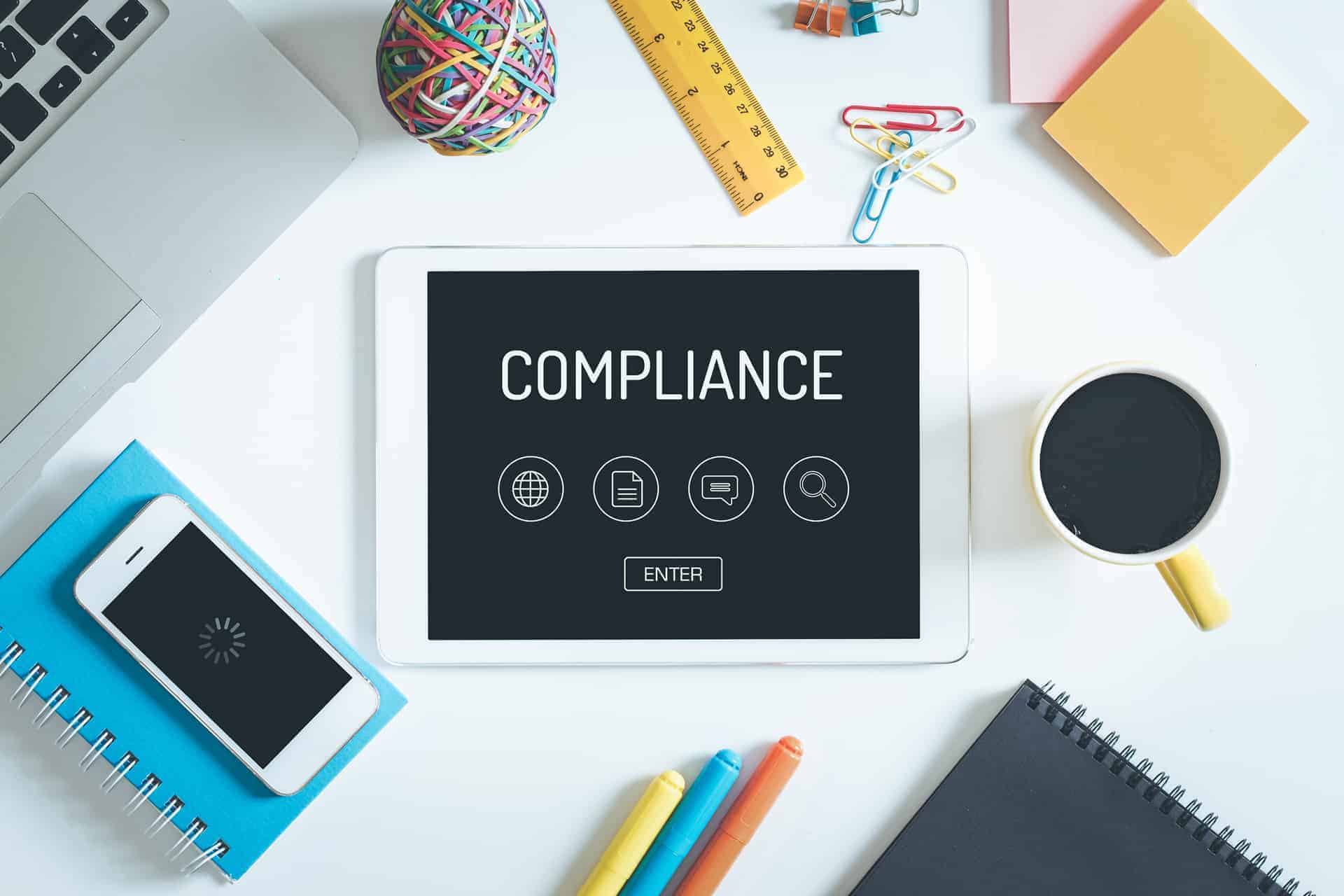It’s no secret – businesses must have documentation to ensure everyone is on the same page, the company’s policies are spelled out and there are documented procedures for noncompliance. While the team may consider PCI compliance documentation to be one of the simplest parts of the process, it can be complex and time-consuming.
The compliance process is challenging, and proper documentation is a critical part of it. One of the best ways to ensure your company’s compliance and documentation work hand-in-hand is to do them simultaneously. Why? When you consider who’s working with the systems and security protocols, one thing is consistent: your employees.
In reality, employees are one of the top vulnerabilities impacting an organization. Consider this – In 2019, 53% of companies found over 1,000 sensitive files accessible to every employee. On average, that amounted to 17 million files and 1.21 million folders. We argue that documentation serves not just to prove compliance, but also to implement and verify employee activities related to security.
Why is Proper Documentation So Important?
The road to compliance is not easy. Documentation helps define operational infrastructure processes where employees and other stakeholders influence the implementation of controls. Documentation adds a level of accountability while reinforcing standards. Formalized processes – from policies to network configurations – aid in ensuring that every element of compliance requirements are met.
The Road to PCI Compliance
Documentation should always be first on the list, as it is the blueprint of your security program and management process. Without a blueprint, employees can’t possibly build or implement a strong compliance program. To meet and maintain PCI compliance standards, every step of every process should be properly documented. Documentation is a crucial step in training employees on the intricacies of all systems and networking equipment within the organization, as well as defining role-based access controls.
This also helps keep the organization in check. Collecting, reviewing, and archiving documentation provides more opportunities to verify the effectiveness of controls and a record to work from when they prove ineffective.
One of the biggest mistakes organizations make is not properly defining who has access to certain data. While it may seem like a small oversight, the wrong information floating within the wrong department could have major implications and consequences.
Documentation for PCI DSS
PCI DSS compliance requires documentation that includes operational guidelines for all employees working with payment card data. This documentation includes:
- Report on Compliance (ROC),
- Self-Assessment Questionnaire (SAQ),
- 12 PCI DSS requirements,
- Audit trail,
- Incident response plan.
Compiling Documentation for Compliance
There are three main areas of documentation needed to fully achieve PCI compliance: polices, standards, and procedures. The most effective documentation is written in a way that can be understood by everyone in the organization. This documentation should also be periodically reviewed along with ongoing training to ensure the organization is always compliant.
1. Policies
Policies define what the organization does. Consider this an instruction manual for the management team that provides clear directions and helps steer decision-making. Policies should ensure that decisions are consistent and aligned with compliance standards.
A specific policy for each area should be developed, with internal and external traffic rules. This will help protect the cardholder data environment (CDE) from potential risks. Providing a copy of policies works as evidence of the security measures and risk management procedures that your company has in place when working to achieve compliance.
2. Standards
This component details what is needed to maintain effective policies. Clear-cut directions on management policies are implemented and are used as a basis for determining whether the organization is compliant. Every organization is different, so standards will differ based on the industry and size of the business. There are PCI Security Standards that can assist with this process.
3. Procedures
Every organization needs a working set of procedures for management and personnel to effectively apply PCI requirements. These are the steps for each procedure required to perform a function. Documenting each step of a process aids in pinpointing inconsistencies and gaps in compliance. When defining procedures, it’s important to clearly detail which tasks are standard, critical, and rare.
Having documentation in place helps mitigate possible risk and vulnerabilities within the system. When employees are guided by a documented procedure, the likelihood of employee activity leading to a security breach decreases. Although tedious, knowing your systems are protected and employees understand their roles is well worth the time and effort involved.
Find out what is on the horizon for PCI DSS and PA DSS in 2020 and beyond.
Stay PCI Compliant with I.S. Partners, LLC.
Working with a technical partner ensures documentation is organized from the very beginning. Why put your company at risk by not building and following through with security policies and training procedures? I.S. Partners, LLC. can help save time and money. For more information on how we can assist, contact us to request a quote or call at 215-675-1400.




